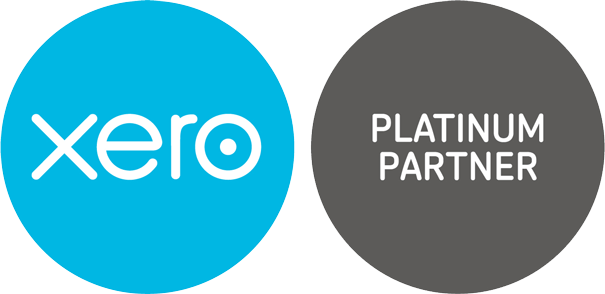News
The fifth round of the Self-Employment Income Support Scheme (SEISS) is now open
02 August 2021
HM Revenue & Customs (HMRC) has announced that the portal for the fifth round of the Self-Employment Income Support Scheme (SEISS) is now open.
In recent weeks, the tax authority has been directly contacting taxpayers that it believes are eligible for the fifth round of the scheme, providing them with their personal claim date.
These individuals can now make a claim from this date using the link below:
Make a claim via the SEISS claims portal
Taxpayers can claim from their personal claim date up until the claims service closes on 30 September 2021.
Earlier this month HMRC published detailed guidance for the fifth round of the Self-Employment Income Support Scheme (SEISS), which confirmed the following:
Eligibility
To be eligible for the grant, an individual’s trading profits in 2019 to 2020 must have been no more than £50,000 and must have been at least equal to income from other sources.
Self-employed individuals must also confirm that they:
- Intend to continue to trade in 2021 to 2022; and
- Reasonably believe there has been a significant reduction in their trading profits due to reduced business activity, capacity, demand or inability to trade due to Coronavirus from May 2021 to September 2021.
They will also need to keep records of evidence that supports their declaration.
Turnover
Unlike previous rounds of the scheme, the fifth round of the SEISS will offer two levels of grant, depending on the impact Coronavirus has had on a self-employed individual’s turnover in a 12-month period beginning between 1 and 6 April 2020.
Those whose turnover fell by 30 per cent or more will once again be able to claim a grant worth 80 per cent of three months’ average trading profits, capped at £7,500 in total.
Meanwhile, those whose turnover fell by less than 30 per cent will be able to claim a grant worth 30 per cent of three months’ average trading profits, capped at £2,850 in total.
Self-employed individuals who have already completed their 2020 to 2021 Self-Assessment Tax Returns can find their turnover figures there, although they should not include anything reported as ‘other income’.
They should also be aware that this figure will only apply to a 12-month figure beginning on 6 April 2020 and turnover for a period beginning earlier in April 2020 could be different.
Previous SEISS grants, Eat Out to Help Out payments and local authority or devolved administration grants should not be counted towards turnover figures for the purposes of the scheme.
However, with 2020 to 2021 Self-Assessment Tax Returns not due until 31 January 2022, many self-employed individuals will not yet have completed a return. In these circumstances, HMRC advises that individuals should:
- Check their accounting software
- Go through bookkeeping or spreadsheet records that cover self-employment invoices and payments received
- Check the bank account they use for their business to account for money coming in from customers
This turnover figure should then be compared with the figure reported on a 2019 to 2020 Self-Assessment Tax Return to calculate the percentage fall in turnover during the year to April 2021 and reported to HMRC. Self-employed individuals can access their previous returns by accessing their personal tax account online.
Where 2019 to 2020 was not a normal trading year for a self-employed individual, they may use the turnover reported in their 2018 to 2019 Self-Assessment Tax Return. However, they must show how 2019 to 2020 was not a normal year.
HMRC gives the following examples of circumstances that might have meant 2019 to 2020 was not a normal year:
- Being on carers leave, long-term sick leave or having a new child
- Carried out reservist duties
- Lost a large contract
- Did not submit a 2019 to 2020 return for reasons that mean you are still eligible for a grant, such as having a new child.
Self-employed individuals who began trading in 2019 to 2020 and did not trade in any of 2018 to 2019, 2017 to 2018 or 2016 to 2017, may claim 80 per cent of three months average trading profits, capped at £7,500 in total, as long as they meet the other eligibility criteria.
In a slight change to the earlier guidance, for the purposes of the turnover test partners making a claim should use turnover for the partnership as a whole, except if they have another business (either a sole trade or partnership), in which case they use their share of partnership turnover when making the comparison.
The clarifies that the profit share rules apply only when the partner has multiple trades in either 2019/20 or the pandemic period.
Taxable treatment of the grant
SEISS grants are subject to Income Tax and National Insurance Contributions and must be included on a 2021 to 2022 Self-Assessment Tax Return. Grants are also counted toward annual allowances for pension contributions.
For help and advice, please contact us.
Case Studies
-

A shared passion for architecture and a head for numbers
-

A taste for growth, a thirst for knowledge
-

Customer care is top of the list for packaging business
-

Taxing demands with old school charm
-
Child's play with proactive accounts management
-

Cut above the rest in personal management style
-

Sometimes a business does exactly as it says on the tin
-

Smiles all round for dental practice
-

A modern approach required for music moguls


